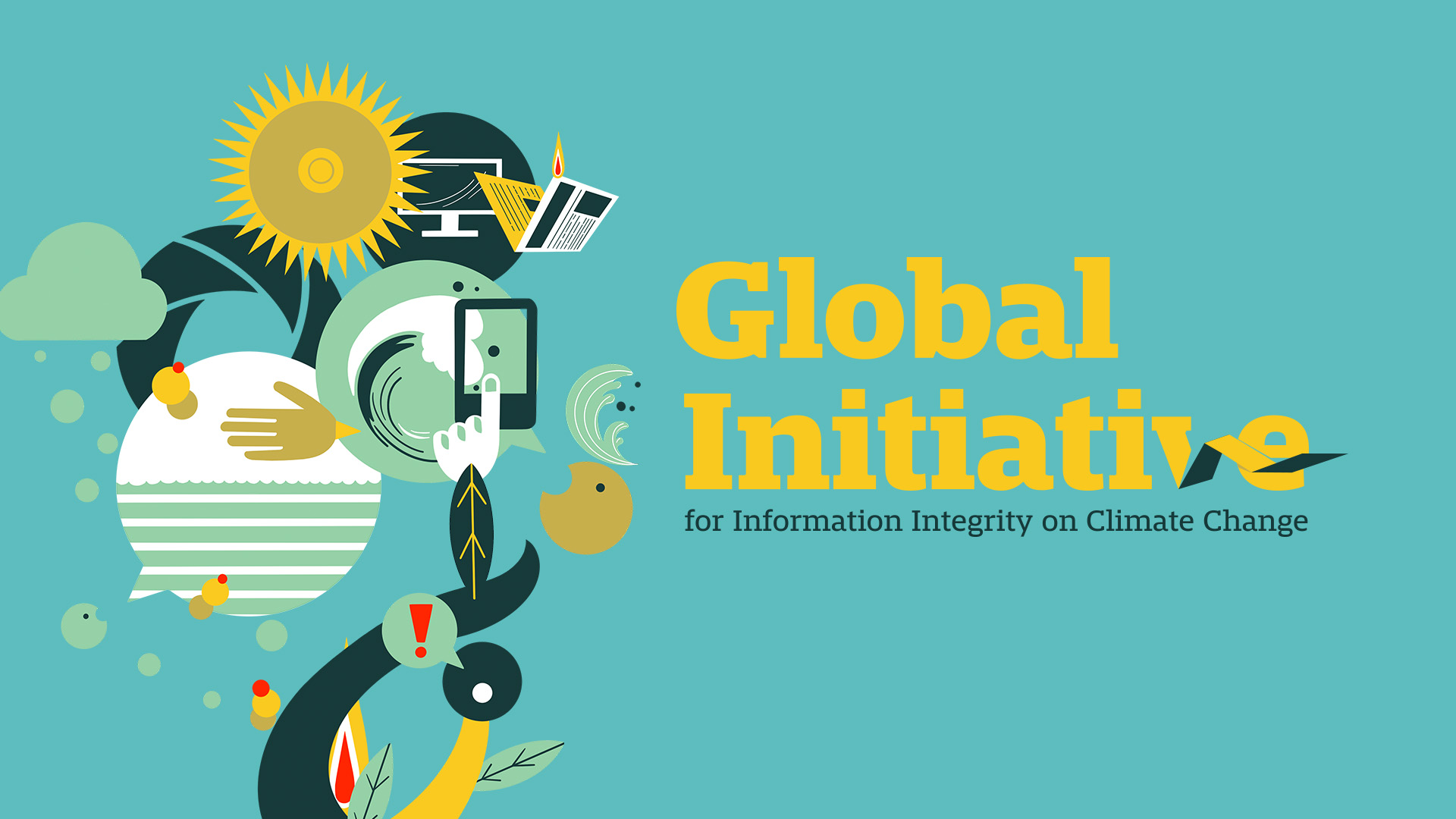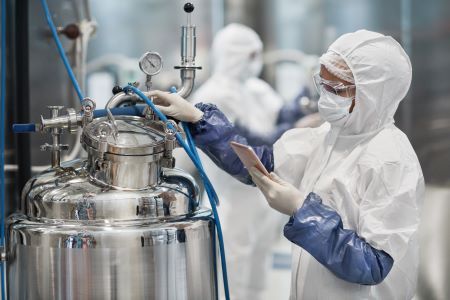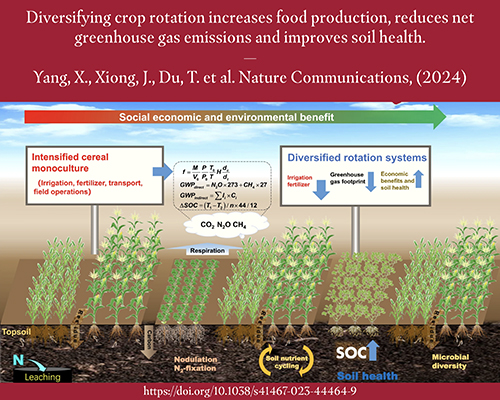
Sustainable Development Goals and the Healthcare Sector in Australia
In short:
- The healthcare sector makes up about 7 per cent of Australia’s carbon footprint — twice as much as the aviation sector.
- Experts say there are three pillars to transitioning to a low-carbon health system: reduce, reuse and recycle.
What’s next?
- Emergency departments in Australia are cutting plastic glove usage and have started to reduce unnecessary testing by a third.
A visit to the hospital can be life-saving, but it also reveals huge amounts of waste generated by single-use items such as plastic gloves, needles, plastic packaging, medications, and medical equipment.
“Out the other side of one operation you will see eight, nine, 15 bags, full bags of medical waste, of plastic waste, of rubbish being disposed of,” said Professor Nick Watts from the Centre for Sustainable Medicine with the National University of Singapore.
What’s worse are the carbon emissions.
The healthcare sector makes up approximately 7 per cent of Australia’s carbon footprint — twice as much as the aviation sector.
“We find that 12 to 13 per cent of that comes from the hospitals themselves, from the buildings and the energy,” said Professor Watts, who was also the chief sustainability officer for the UK’s National Health Service (NHS).
“But we also find that 20 per cent comes from pharmaceutical sales … and about another 20 per cent from medical devices from an MRI machine or from a scalpel.”
For example, one bottle of the anaesthetic gas desflurane is about the same as burning 440 kilograms of coal. Asthma puffers are also a big contributor to carbon emissions.
How are healthcare systems changing for the better?
In his role in the UK, Professor Watts helped the NHS transition to a net-zero health system.
He said there were three pillars in that process — reduce, reuse and recycle.
That includes improving clinicians’ diagnostic skills and reducing the amount of tests patients need, which helps cut waste and carbon.
Then there’s reducing transportation of patients and medicines.
“If we had a slightly more digitally enabled healthcare system, then we could do more with far less waste and in a far less intensive way, like provide care closer to home,” Professor Watts said.
Then there’s reusing medical devices.
“Increasingly we are seeing medical device companies start to turn around and say, ‘Hey, you know what, if you hand this back to us, we think we can re-sterilise it, we can reprocess it, we can get it back to you in a couple of days at a fraction of the cost’; that’s going to save a lot of carbon as well,” he said.
There are also asthma inhaler recycling systems now in the UK to help reduce waste and carbon.
Emergency departments in the NHS are also moving toward net-zero emissions and waste under the Green ED program, which Professor Watts said could be applied globally.
“It provides step-by-step guidance for emergency departments.
“And then a certification system — bronze, gold, silver for individual hospitals, individual clinicians to start to think of all of the different things you could do within an emergency department.”
What’s happening in Australia?
These sorts of practices are now being implemented in Australia, particularly in emergency departments.
Brian O’Connell, an emergency doctor in Coffs Harbour and Net Zero lead for NSW emergency departments, said there were hundreds of sustainable healthcare champions in just one health district alone.
“It’s really snowballing,” he said.
“We’re starting to measure our waste streams and carbon footprint more accurately, so we know where these target hotspots are and how we can maximise impact and track progress.”
For example, one health district has cut plastic glove usage by 30 per cent and some emergency departments are reducing unnecessary testing by a third.
Some surgery departments are also starting to minimise the use of certain anaesthetic gases and find alternatives.
But Brian O’Connell said cutting carbon and waste did not mean reducing the quality of health care.
“What we’re doing is looking at the evidence and how we can do our practices better,” Dr O’Connell said.
He said emergency departments were reducing the use of cannulas and patients actually “tend to do better; they have less pain and they feel more comfortable”.
“There are other ways we can do it.”
Dr O’Connell said the movement had been sweeping across health care in Australia since COVID, when medical waste was at its worst.
“We’re now regrouping and we’re able to stop and think more and take a new approach,” he said.
“It’s low carbon, it’s low waste, and it turns out to be really high-quality health care as well.”
Posted , updated
SDGs, Targets, and Indicators
1. Which SDGs are addressed or connected to the issues highlighted in the article?
- SDG 3: Good Health and Well-being
- SDG 7: Affordable and Clean Energy
- SDG 9: Industry, Innovation, and Infrastructure
- SDG 12: Responsible Consumption and Production
- SDG 13: Climate Action
The article discusses the impact of healthcare waste on carbon emissions and the need for sustainable practices in the healthcare sector. This aligns with SDG 3, which aims to ensure healthy lives and promote well-being for all. Additionally, the article mentions the carbon emissions from hospitals and the need to reduce waste, which connects to SDG 7 (affordable and clean energy), SDG 9 (industry, innovation, and infrastructure), SDG 12 (responsible consumption and production), and SDG 13 (climate action).
2. What specific targets under those SDGs can be identified based on the article’s content?
- SDG 3.9: By 2030, substantially reduce the number of deaths and illnesses from hazardous chemicals and air, water, and soil pollution and contamination.
- SDG 7.2: By 2030, increase substantially the share of renewable energy in the global energy mix.
- SDG 9.4: By 2030, upgrade infrastructure and retrofit industries to make them sustainable, with increased resource-use efficiency and greater adoption of clean and environmentally sound technologies and industrial processes.
- SDG 12.5: By 2030, substantially reduce waste generation through prevention, reduction, recycling, and reuse.
- SDG 13.3: Improve education, awareness-raising, and human and institutional capacity on climate change mitigation, adaptation, impact reduction, and early warning.
Based on the article’s content, the targets identified are related to reducing deaths and illnesses from pollution and contamination (SDG 3.9), increasing the share of renewable energy (SDG 7.2), upgrading infrastructure and industries for sustainability (SDG 9.4), reducing waste generation (SDG 12.5), and improving education and awareness on climate change (SDG 13.3).
3. Are there any indicators mentioned or implied in the article that can be used to measure progress towards the identified targets?
- Carbon footprint of the healthcare sector
- Percentage of carbon emissions from hospitals, pharmaceutical sales, and medical devices
- Reduction in plastic glove usage
- Reduction in unnecessary testing
- Reuse of medical devices
- Implementation of asthma inhaler recycling systems
- Progress towards net-zero emissions and waste in emergency departments
The article mentions several indicators that can be used to measure progress towards the identified targets. These include the carbon footprint of the healthcare sector, the percentage of carbon emissions from different sources within the sector, reductions in plastic glove usage and unnecessary testing, the reuse of medical devices, the implementation of asthma inhaler recycling systems, and progress towards net-zero emissions and waste in emergency departments.
Table: SDGs, Targets, and Indicators
| SDGs | Targets | Indicators |
|---|---|---|
| SDG 3: Good Health and Well-being | 3.9: By 2030, substantially reduce the number of deaths and illnesses from hazardous chemicals and air, water, and soil pollution and contamination. | – Carbon footprint of the healthcare sector – Reduction in plastic glove usage – Reduction in unnecessary testing |
| SDG 7: Affordable and Clean Energy | 7.2: By 2030, increase substantially the share of renewable energy in the global energy mix. | – Percentage of carbon emissions from hospitals, pharmaceutical sales, and medical devices |
| SDG 9: Industry, Innovation, and Infrastructure | 9.4: By 2030, upgrade infrastructure and retrofit industries to make them sustainable, with increased resource-use efficiency and greater adoption of clean and environmentally sound technologies and industrial processes. | – Percentage of carbon emissions from hospitals, pharmaceutical sales, and medical devices |
| SDG 12: Responsible Consumption and Production | 12.5: By 2030, substantially reduce waste generation through prevention, reduction, recycling, and reuse. | – Carbon footprint of the healthcare sector – Reuse of medical devices – Implementation of asthma inhaler recycling systems |
| SDG 13: Climate Action | 13.3: Improve education, awareness-raising, and human and institutional capacity on climate change mitigation, adaptation, impact reduction, and early warning. | – Progress towards net-zero emissions and waste in emergency departments |
Copyright: Dive into this article, curated with care by SDG Investors Inc. Our advanced AI technology searches through vast amounts of data to spotlight how we are all moving forward with the Sustainable Development Goals. While we own the rights to this content, we invite you to share it to help spread knowledge and spark action on the SDGs.
Fuente: abc.net.au

Join us, as fellow seekers of change, on a transformative journey at https://sdgtalks.ai/welcome, where you can become a member and actively contribute to shaping a brighter future.






